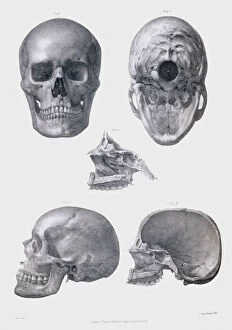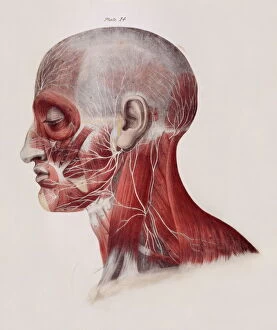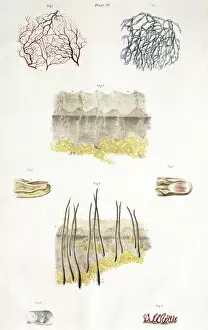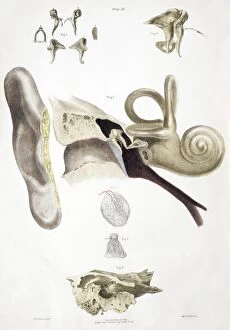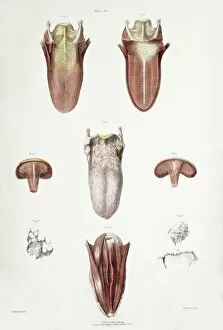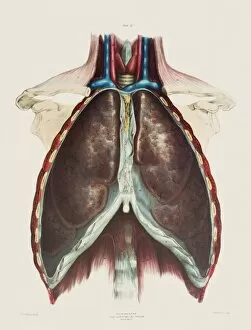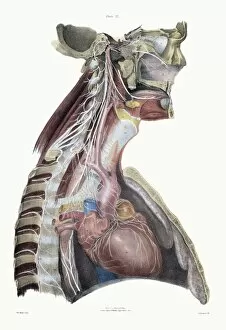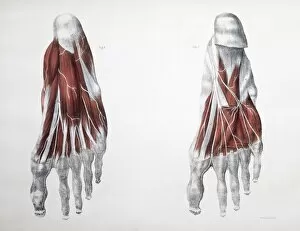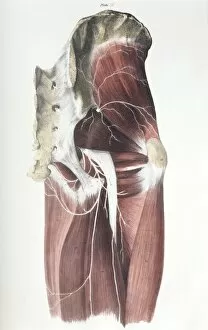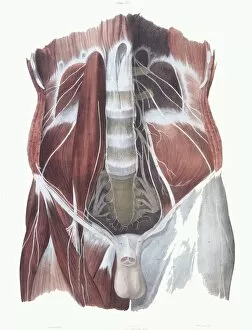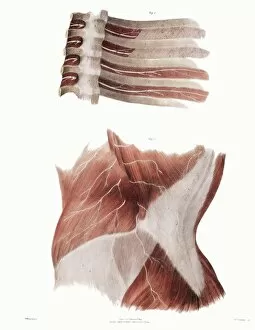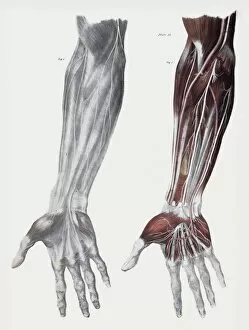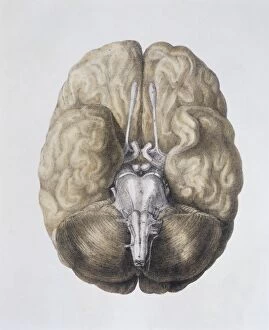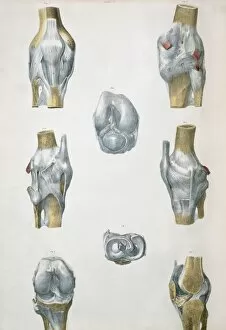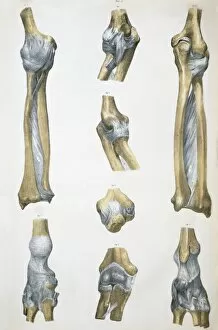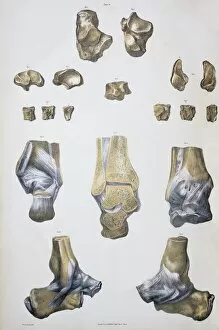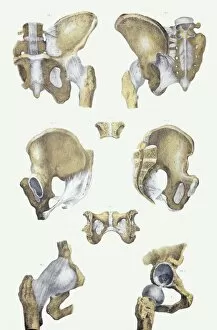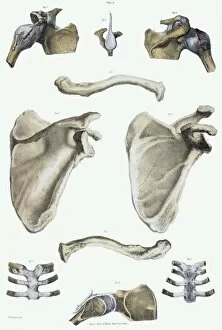Jones Quain Collection
"Unveiling the Intricacies of Jones Quain: A Journey through Human Anatomy" Embark on a captivating exploration into the depths of human anatomy with Jones Quain
For sale as Licensed Images
Choose your image, Select your licence and Download the media
"Unveiling the Intricacies of Jones Quain: A Journey through Human Anatomy" Embark on a captivating exploration into the depths of human anatomy with Jones Quain, an enigmatic figure whose name has become synonymous with unravelling the complexities of our physical form. From skull anatomy to leg nerves, each component holds its own significance in understanding the marvel that is the human body. Delve into the intricate network of facial nerves, which intricately connect and control every expression etched upon our faces. Witness how these delicate pathways intertwine within a male skeleton, providing both structure and mobility to this remarkable framework. Venture beneath the surface as we unravel skin anatomy, discovering its multifaceted role in protection and sensory perception. Explore ear anatomy and be amazed by its ability to capture sound waves, transforming them into melodies that resonate deep within us. Journey further down towards tongue anatomy - an extraordinary organ responsible for taste sensations but also vital in speech production. Marvel at how it dances effortlessly between different positions while articulating words that convey emotions beyond measure. Immerse yourself in the wonders of our respiratory system – witness firsthand how oxygen fuels life itself as it travels from nose to lungs. Traverse through abdominal organs where digestion takes place; a symphony orchestrated by various organs working harmoniously together. Trace sympathetic nerves coursing throughout both upper and lower body regions – conduits transmitting signals that regulate countless bodily functions like heart rate or blood pressure. And don't forget about foot nerves - those unsung heroes carrying us forward step by step. Finally, explore leg nerves - connecting brain commands to muscles enabling movement and stability while navigating life's journey. Intriguingly complex yet beautifully orchestrated, Jones Quain's legacy invites us all to appreciate the awe-inspiring intricacies hidden within our very selves—a testament to nature's brilliance sculpted over millions of years.

